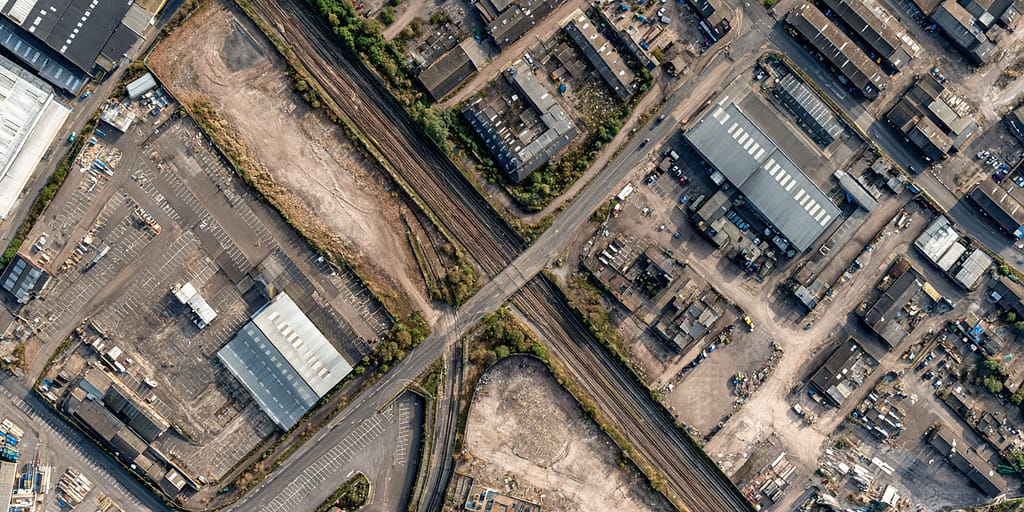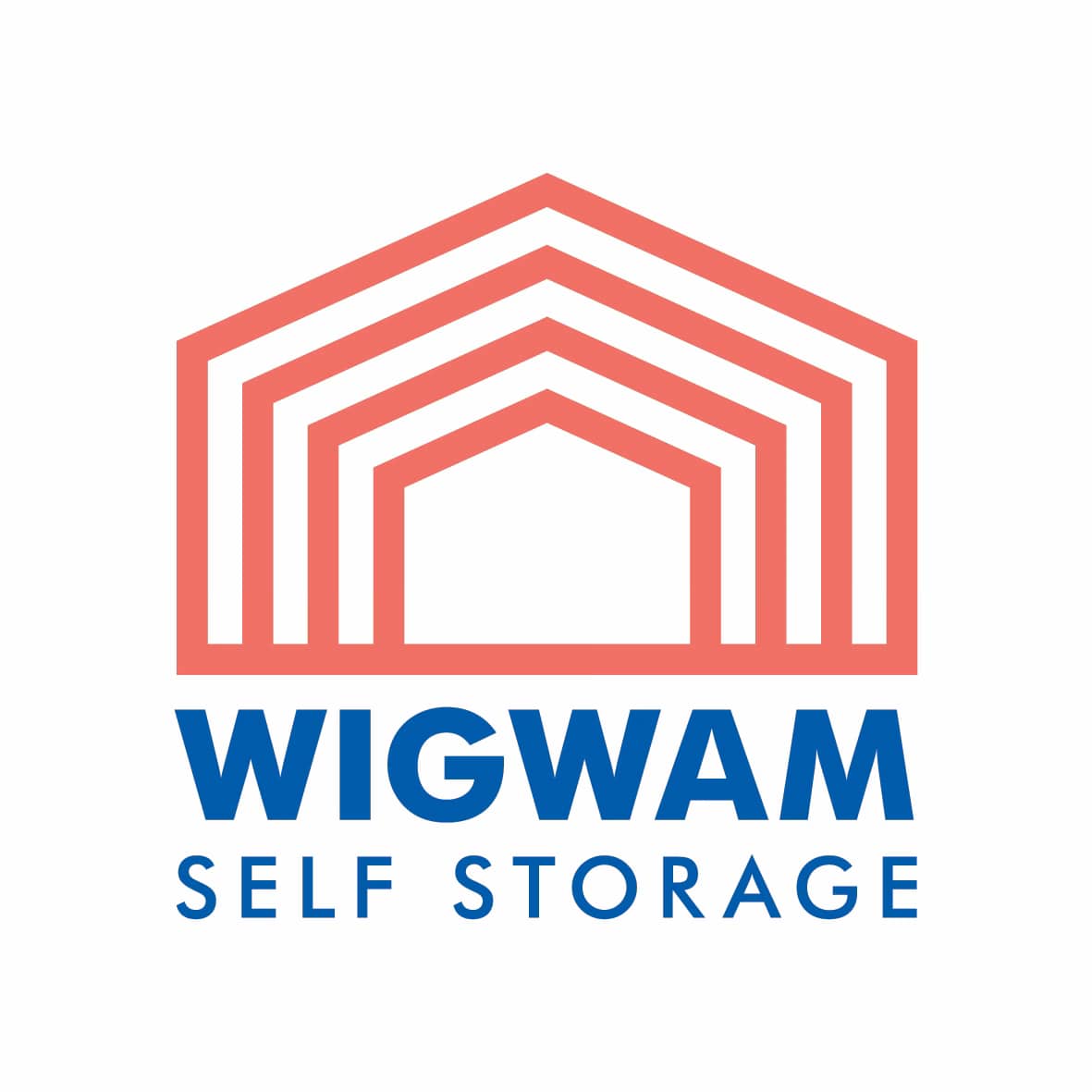In 2024, over 10,000 acres of vacant commercial land across the UK sat idle, generating zero income for their owners. From stalled developments to irregular plots and underused brownfield sites, these properties often represent missed opportunities. But what if you could turn that unused land into a revenue-generating asset, without waiting for full planning approval or committing to a major build?

Whether you’re holding land as a long-term investment or looking for creative interim use, the five high-yield alternatives below can help developers extract real value, fast. Each offers a unique mix of low capex, scalable returns, and operational simplicity.
1. Pop-Up Retail Villages
Temporary retail spaces are booming, thanks to the rise of independent food traders, craft producers, and D2C brands. Pop-up villages using shipping containers or lightweight timber structures can be installed on awkward or transitional sites and leased to local vendors with minimal lead time. These spaces not only generate rental income but can activate your site, improve planning optics, and build goodwill in the community. Depending on location, a small pop-up village can return 8–12% on setup costs annually.
2. Modular Self-Storage Facilities
Self-storage is one of the most resilient and scalable commercial property models in the UK. Modular units can be deployed with minimal planning in many areas, and demand remains high from SMEs, tradespeople, house movers, and students. A 10,000 sq ft self-storage facility can generate £90,000–£150,000 per year in net income, depending on occupancy and pricing strategy. Crucially, storage is a flexible asset—it can be phased, relocated, or converted as your long-term development plans evolve. If you want a high-yield, low-maintenance solution that scales with demand, storage is your best bet.
3. EV Charging Parks
With the 2035 ban on new petrol and diesel vehicles looming, the demand for EV charging infrastructure is accelerating fast. Vacant commercial land with road access and decent grid connectivity is increasingly valuable to charge point operators (CPOs), especially in areas underserved by existing networks. Landowners can partner with operators via lease models, joint ventures, or revenue-share agreements. The upside? Passive income, enhanced site visibility, and increased relevance in the transport sector. This is an especially attractive option for sites near retail, leisure, or commuter routes.
4. Urban Logistics Hubs
The e-commerce boom has permanently changed delivery expectations. Small fulfilment hubs, dark stores, and cross-docking facilities are in high demand across urban and suburban areas. If your site is within 3–5 miles of a dense postcode, you may be able to lease it to a third-party logistics provider for temporary warehousing. This use class typically commands £10–£18 per sqft in rental income and can be deployed quickly with lightweight structures. For landowners near motorway junctions or transport nodes, this could be a short-term win and a long-term strategy.
5. Film & Events Location Hire
The UK’s booming film and television industry is hungry for flexible outdoor locations. If your land has a gritty, industrial, or expansive visual appeal, it could become a backdrop for music videos, TV episodes, commercials, or feature films. Studios and location scouts are often searching for large-scale sets they can adapt, and they pay well for the privilege. In parallel, event promoters look for sites for outdoor markets, festivals, or overflow parking. While not a year-round strategy, this alternative can generate fast bursts of cashflow with little to no infrastructure required.
Leaving commercial land vacant isn’t just a missed opportunity—it’s a liability. With rising holding costs and planning delays, more developers are seeking agile, income-generating solutions that don’t compromise their long-term plans. From retail to logistics to modular self-storage, there’s no shortage of innovative uses. The key is choosing the model that aligns with your site’s profile, your capital appetite, and your future goals.
If you’d like to explore the feasibility of modular self-storage, and understand whether it’s the right high-yield use for your land, speak to Nick Grant at Wigwam Storage Management. Nick and his team have helped developers across the UK transform idle plots into low-risk, high-return storage businesses.
Email Nick directly: [email protected]

